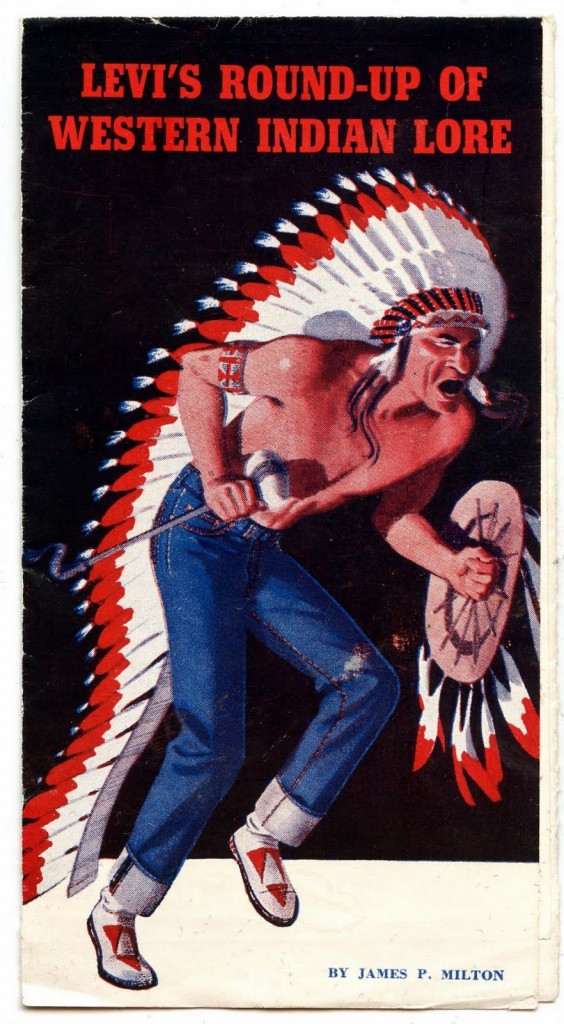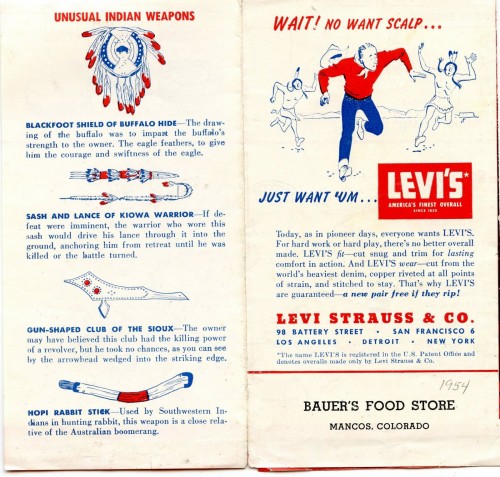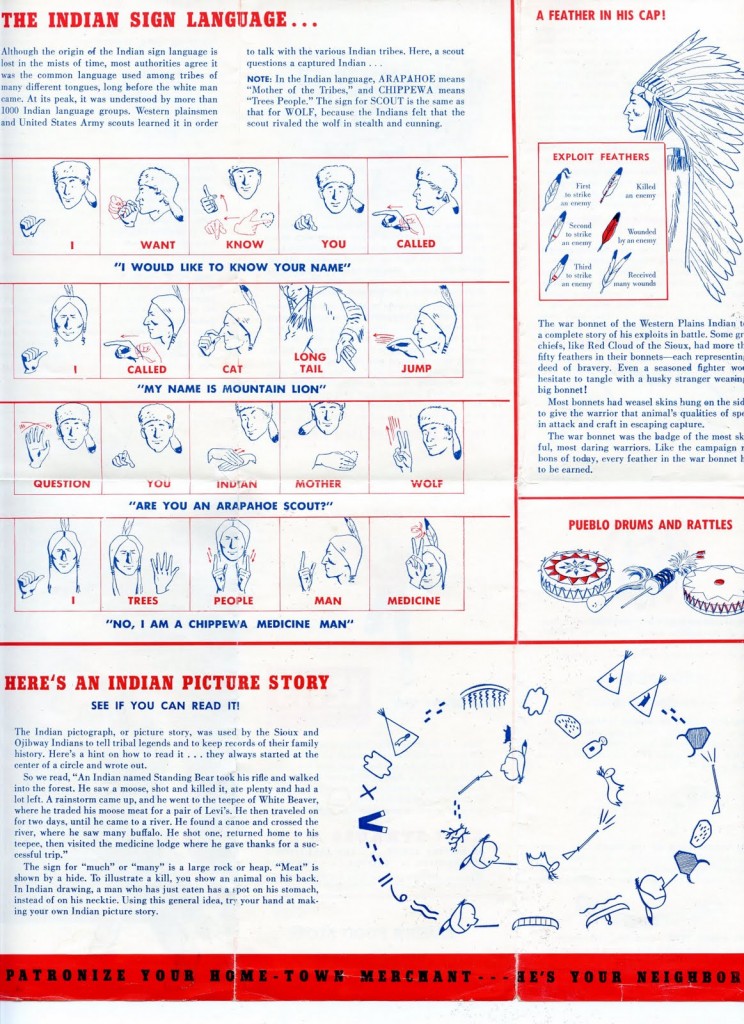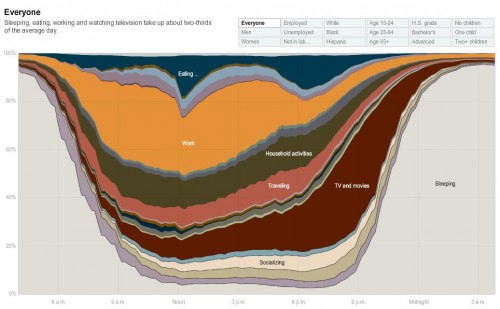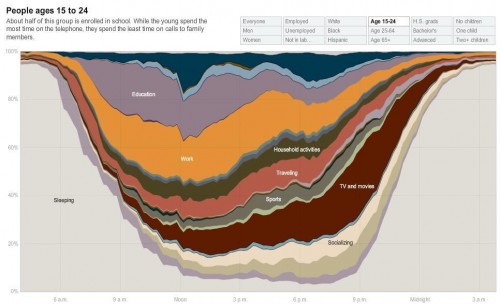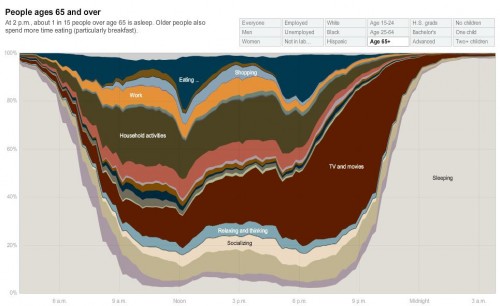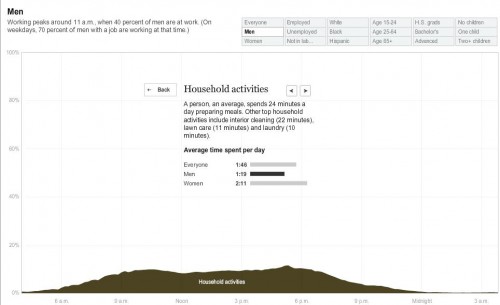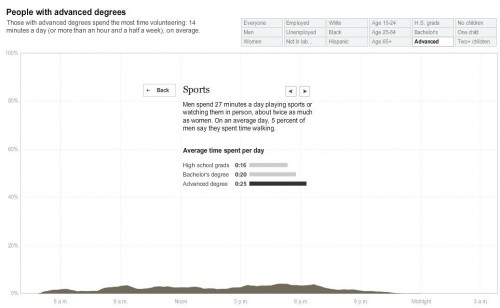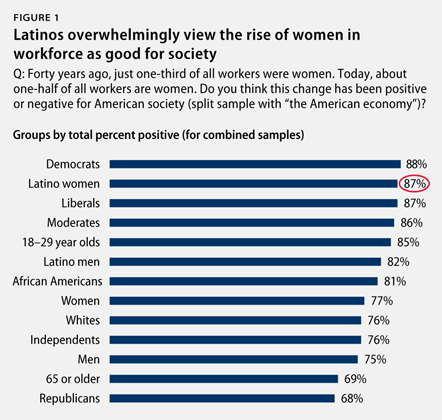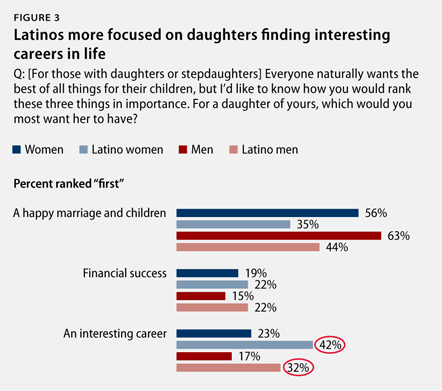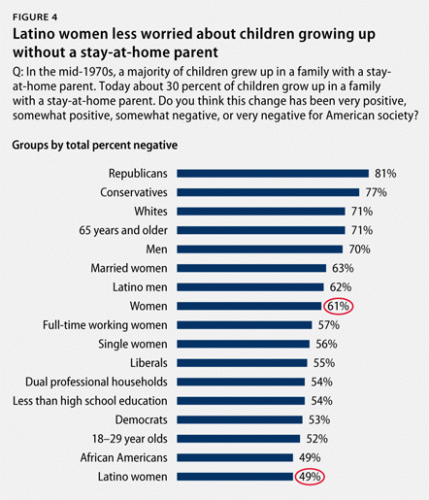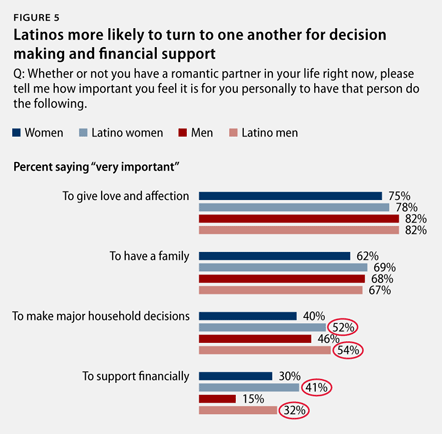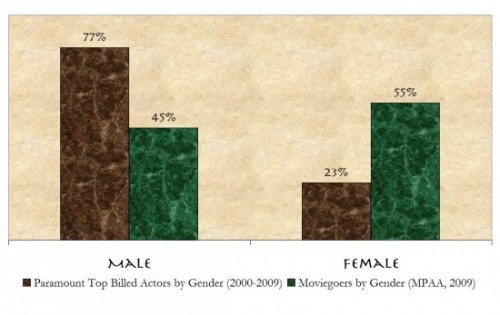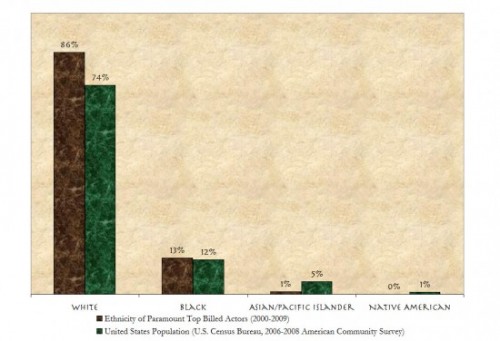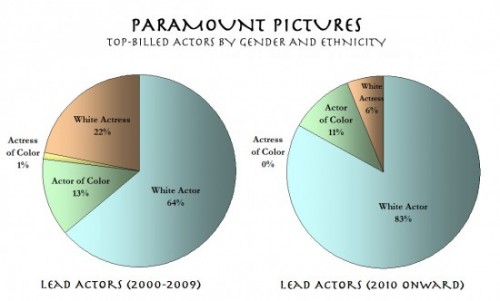Data from the Pew Research Center shows us the extent to which the recession has hurt the economic health of American households, especially the middle and working classes:
More than half of all Americans report some sort of work-related disruption:
Nearly half state that they are worse off than they were before the recession:
An additional four percent (since 2008) identify themselves as lower class:
Pew specifies:
Blacks, as a group, are an exception to this overall pattern. The share of blacks who now identify with the upper class has gone up during this recession, to 20% now from 15% two years ago.
Forty-eight percent have lost equity in their homes:
Sixty percent of Americans fear that they may have to delay retirement:
A larger percentage lack the confidence that they have enough income and assets for retirement, even compared to last year:
“Is America still a land of prosperity?”
The question in some historical perspective:
Lisa Wade, PhD is an Associate Professor at Tulane University. She is the author of American Hookup, a book about college sexual culture; a textbook about gender; and a forthcoming introductory text: Terrible Magnificent Sociology. You can follow her on Twitter and Instagram.













